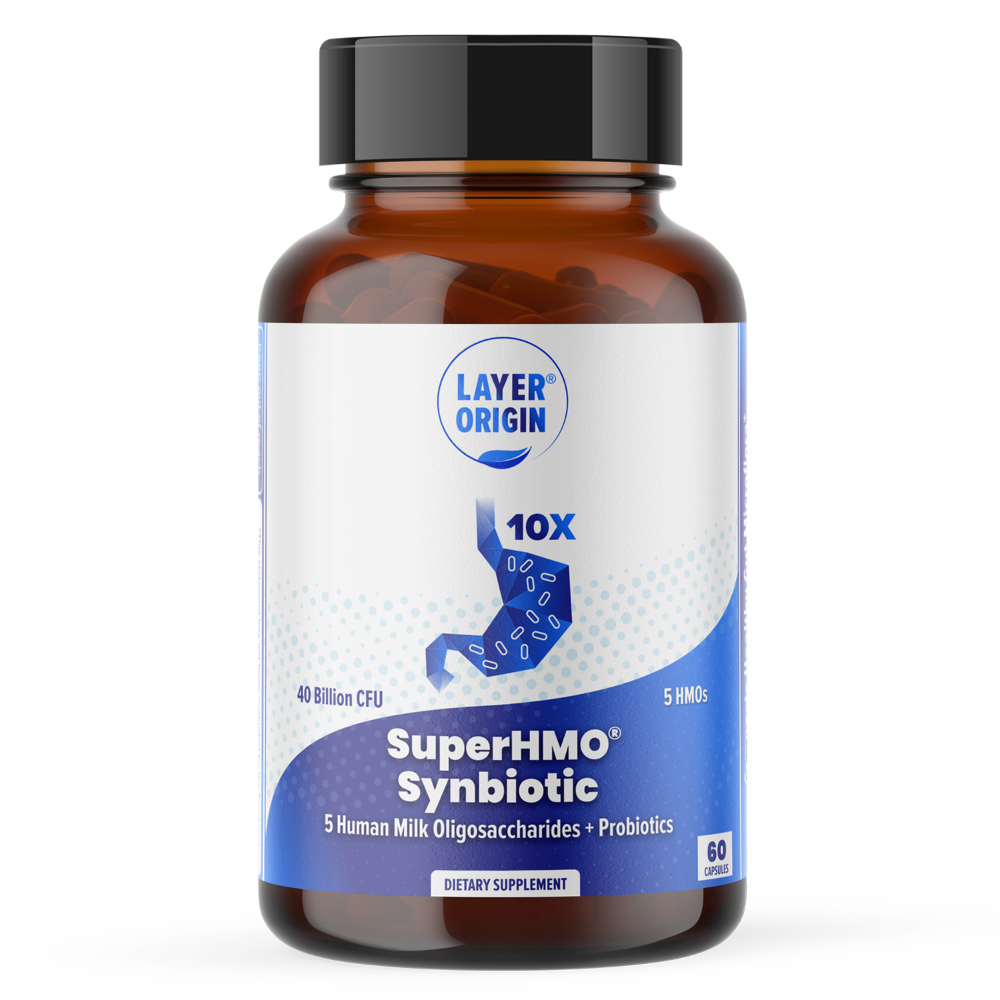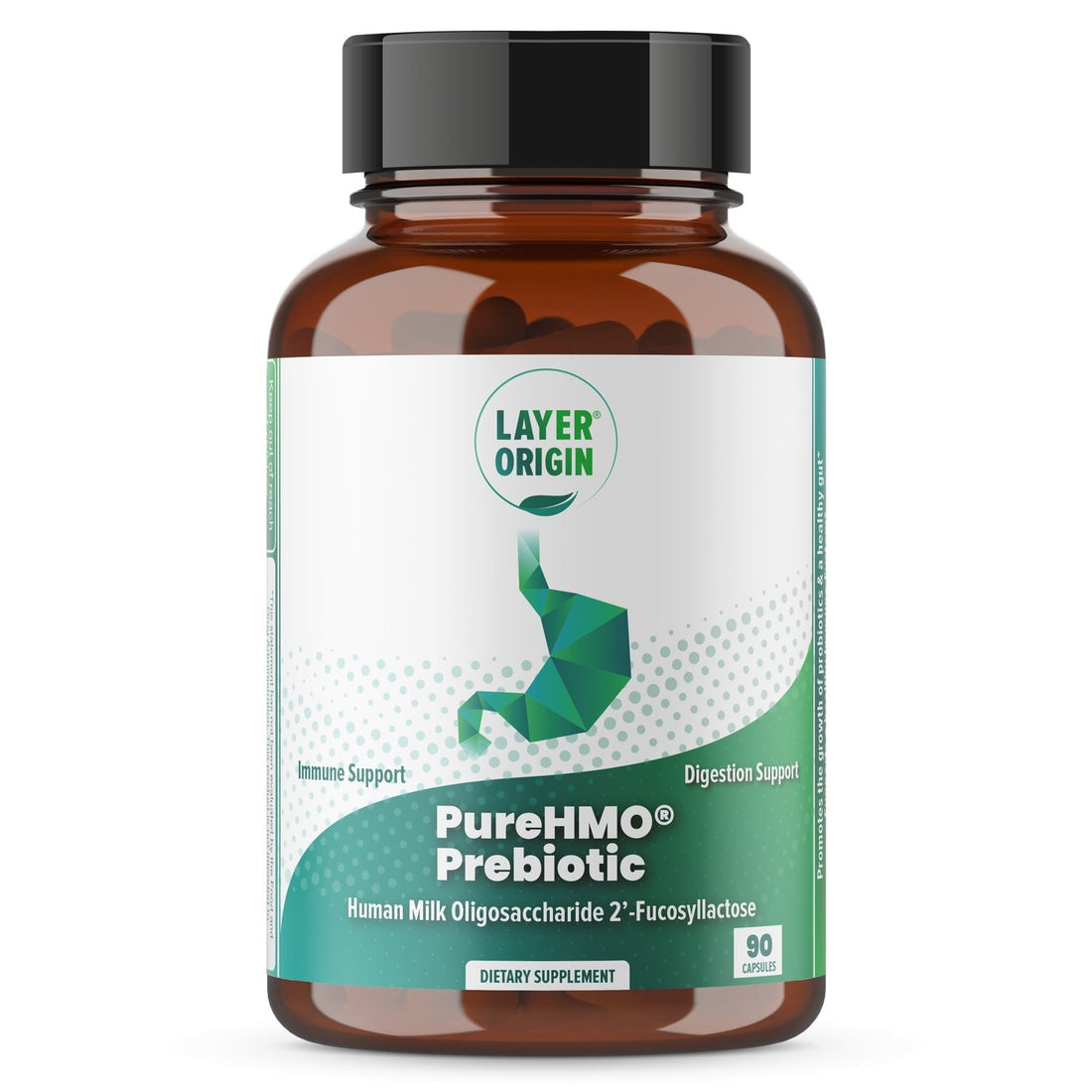The common idea that we age gradually over time is about to be debunked as scientists discover we age during two significant bursts, at 44 and 60, which may explain spikes in health issues at these ages.
Content Outline
- Introduction
- Hallmarks of aging
- What is aging?
- How was the research conducted?
- What did the results show?
- Conclusion
Introduction
There’s no denying that the subtle signs of aging come to us all and we’ll often be looking out for them, or they’ll catch us by surprise one day in the mirror. But if you feel like the wrinkles, grey hair, or aches and pains have cropped up almost overnight, there might be a reasonable and scientifically backed explanation. That’s because recent research published in Nature Aging appears to flounce the common belief that aging is a gradual process and that “growing old gracefully” might be out of our control. After all, humans appear to age in two hurried bursts.
The study tracked 108 participants aged between 25 and 75 over an average period of 1.7 years with a maximum follow-up period of 6.8 years. The researchers noted two distinct ages where age-related changes appeared to take place, at 44 and then again at 60 years.
These findings are significant because they may explain why there are increases in the prevalence of specific health issues at these ages such as muscle, bone, and heart problems.
Here, we’ll explore the study results to find out what it all means and what you can do about it.
Hallmarks of aging
Before we delve into the recently published research, we should look at the common hallmarks of aging. These hallmarks help to illustrate the complex biological processes that underpin aging and the related diseases that occur as a result.
In 2023, López-Otín and colleagues suggested 12 updated hallmarks of aging which are all interconnected[i]. They are depicted in figure 1.

Figure 1. The 12 hallmarks of aging
|
Genomic instability |
An accumulation of DNA damage over time that leads to genetic mutations that can undermine cellular function and increase the risk of disease. |
|
Telomere attrition |
The protective ends of chromosomes are called telomeres and over time these can shorten which contributes to aging by limiting cell replication. |
|
Epigenetic alterations |
Changes in the epigenome including DNA methylation and histone modifications that can disrupt gene expression, affecting cellular identity and function. |
|
Loss of proteostasis |
When cells are unable to correctly fold proteins, it causes damage, impairing cellular function. |
|
Disabled macroautophagy |
Macroautophagy is an important cellular process where cells breakdown and recycle their contents. If this doesn’t work properly it can lead to a build-up of cellular waste, contributing to aging. |
|
Deregulated nutrient-sensing |
Impairments in the pathways responsible for nutrient sensing that can lead to the development of age-related diseases and metabolic dysfunction. |
|
Mitochondrial dysfunction |
Mitochondrial dysfunction causes reduced energy production and an increase in reactive oxygen species (ROS), resulting in cell damage. |
|
Cellular senescence |
When a cell permanently stops dividing in response to stress or damage, it causes a build-up of senescent cells that disrupt tissue function and promote inflammation. |
|
Stem cell exhaustion |
Stem cell numbers decline reducing the body’s ability to regenerate tissues and respond to injury. |
|
Altered intercellular communication |
Increased inflammation and cellular senescence can disrupt tissue function when the signalling between cells changes. |
|
Chronic inflammation |
Often called ‘inflammaging’, low grade, chronic inflammation is a contributor to age-related disease and tissue damage. |
|
Dysbiosis |
Changes in the composition and diversity of the gut microbiome influence immune, gut, and systemic health which affect the aging process. |
Stay tuned we’ll be exploring these hallmarks of aging in depth in the coming weeks.
With these hallmarks in mind, we’ll explore the results of the latest research that shows that aging accelerates at two distinct ages in humans, 44 and 60.
What is aging?
Firstly, let’s define what we mean by aging. The study conducted by Shen et al (2024) was concerned with biological rather than chronological aging.
What’s the difference?
- Biological aging is the gradual time-related deterioration of the physiological functions critical for reproduction and survival[ii]. This can mean there are changes to proteins, metabolites and gene activity which contribute to cellular aging.
- Chronological aging is the amount of time that has passed since being born[iii]. When you celebrate your birthday each year, this is chronological aging.
How was the research conducted?
The study tracked 108 volunteers aged 25 to 75 over a span of several years. The volunteers provided blood and stool samples, skin, nasal, and oral swabs every few years for the duration of their tracking period.
The scientists then monitored 135,000 different molecules and microbes to look for large shifts which would suggest aging had occurred.
What did the results show?
The researchers found that most molecules didn’t shift gradually at all, in fact 81% had nonlinear patterns. When the scientists looked for large molecular clusters with large shifts, they found they tended to occur around the ages of 44 and 60.
Although it is widely known that the menopause transition could contribute to the changes observed in the mid-40s age range, similar shifts were also observed in men. So, although perimenopause and menopause can contribute to some of the age-related changes in women in their mid-40s, there are bigger changes that are going on that affect both sexes which may not be hormone related.
The researchers identified that specific molecules indicating both skin and muscle aging were altered around the ages of 44 and 60. This is confirmed by previous research which states muscle mass reduces by 3 to 8% every 10 years after the age of 30, with an accelerated decline after 60[iv].
Middle age heart health shifts
Interestingly, many of the shifts occurring at the ages of 44 and 60 were related to the heart. For example, after the age of 60, the researchers found an increase in a molecule linked to the development of atherosclerosis, the narrowing of the arteries. Furthermore, kidney function also declines with age which may contribute to increased blood pressure.
This data may help to explain why cardiovascular disease risk increases with advancing age. Research suggests that the prevalence of cardiovascular disease which also encompasses high blood pressure, coronary heart disease and stroke is around 40% in people aged 40 to 59 years, but this jumps dramatically to almost 75% in 60 to 79 year olds[v].
The study also revealed that with increasing age, the body’s ability to produce unsaturated fatty acids, the types that can combat bad cholesterol, also declined. While your ability to metabolize caffeine also reduces with age, particularly around the ages of 40 and 60.
Is type 2 diabetes age related?
Type 2 diabetes is a common condition that mainly affects middle-aged and older adults[vi]. It’s estimated that more than a quarter of the US population aged 65 and over is diabetic, suggesting that the risk is age-related.
Shen and Co. demonstrated that the risk of type 2 diabetes increased with age, with a critical threshold being identified around the age of 60.
The gut microbiome and age

Figure 2. The number of microbes differentially expressed during aging.
The researchers also detected changes across the human lifespan in the gut microbiome. As seen in figure 2 distinct changes in the gut are observed at the ages of 43 and 61.
Previous research has shown that dysbiosis increases with age[vii] and is a contributor to the increased risk of disease[viii]. For example, the risk of developing Alzheimer’s Diseases increases beyond the age of 65[ix].
Conclusion
Overall, the research suggests that aging isn’t linear. Instead there are specific time points, around the ages of 40 and 60, where certain molecules, proteins, and microbes undergo changes which could underpin the development of age-related diseases.
By identifying these specific time points and changes, it may be possible in the future to implement prevention strategies and perform earlier diagnoses to limit the damaging effects of aging on the body.
Get ahead of the trend and mitigate the effects of aging with the MitiAging Bundle.
Written by: Leanne Edermaniger, M.Sc. Leanne is a professional science writer who specializes in human health and enjoys writing about all things related to the gut microbiome.
Sources
[i] López-Otín C, Blasco MA, Partridge L, Serrano M, Kroemer G. Hallmarks of aging: An expanding universe. Cell. 2023 Jan;186(2):243–78. doi:10.1016/j.cell.2022.11.001
[ii] Gilbert SF. Developmental Biology. 6th edition. Sunderland (MA): Sinauer Associates; 2000. Aging: The Biology of Senescence. Available from: https://www.ncbi.nlm.nih.gov/books/NBK10041/
[iii] Maltoni R, Ravaioli S, Bronte G, Mazza M, Cerchione C, Massa I, Balzi W, Cortesi M, Zanoni M, Bravaccini S. Chronological age or biological age: What drives the choice of adjuvant treatment in elderly breast cancer patients? Transl Oncol. 2022 Jan;15(1):101300. doi: 10.1016/j.tranon.2021.101300. Epub 2021 Dec 1. PMID: 34864401; PMCID: PMC8640726.
[iv] Siparsky PN, Kirkendall DT, Garrett WE Jr. Muscle changes in aging: understanding sarcopenia. Sports Health. 2014 Jan;6(1):36-40. doi: 10.1177/1941738113502296. PMID: 24427440; PMCID: PMC3874224.
[v] Yazdanyar A, Newman AB. The burden of cardiovascular disease in the elderly: morbidity, mortality, and costs. Clin Geriatr Med. 2009 Nov;25(4):563-77, vii. doi: 10.1016/j.cger.2009.07.007. PMID: 19944261; PMCID: PMC2797320.
[vi] [Internet]. [cited 2024 Sept 23]. Available from: https://www.nia.nih.gov/health/diabetes/diabetes-older-people
[vii] Ragonnaud, E., Biragyn, A. Gut microbiota as the key controllers of “healthy” aging of elderly people. Immun Ageing 18, 2 (2021). https://doi.org/10.1186/s12979-020-00213-w
[viii] Ghosh, T.S., Shanahan, F. & O’Toole, P.W. The gut microbiome as a modulator of healthy ageing. Nat Rev Gastroenterol Hepatol 19, 565–584 (2022). https://doi.org/10.1038/s41575-022-00605-x
[ix] [Internet]. [cited 2024 Sept 23]. Available from: https://www.nia.nih.gov/health/alzheimers-causes-and-risk-factors/what-causes-alzheimers-disease








